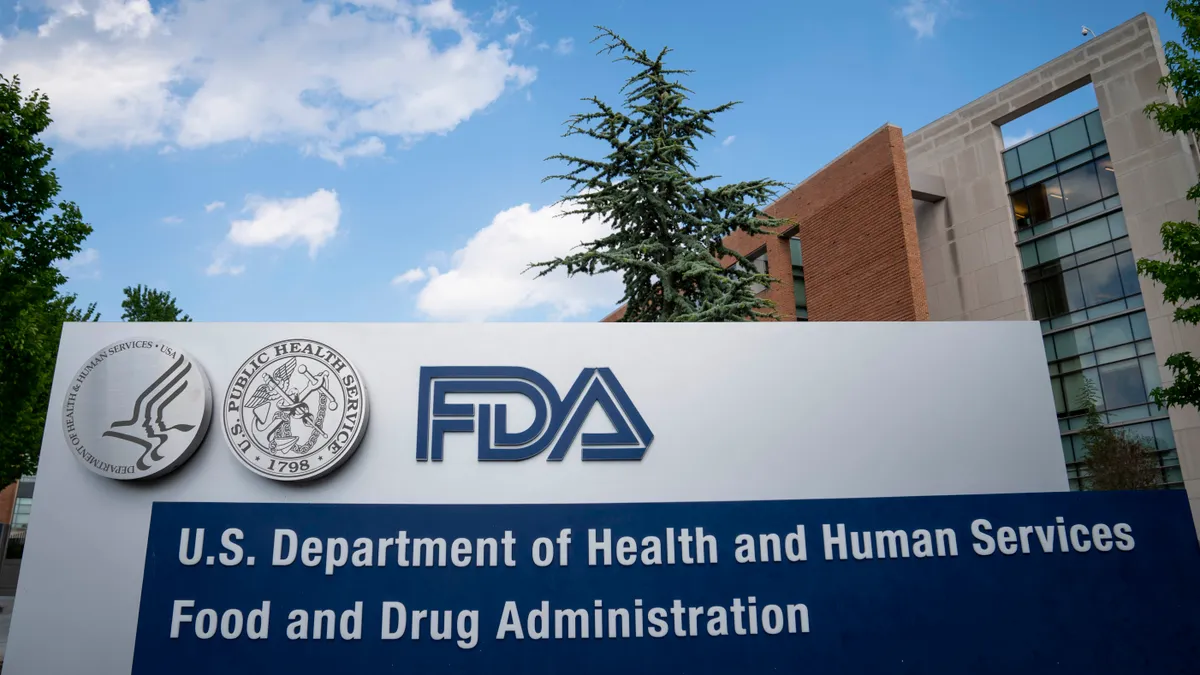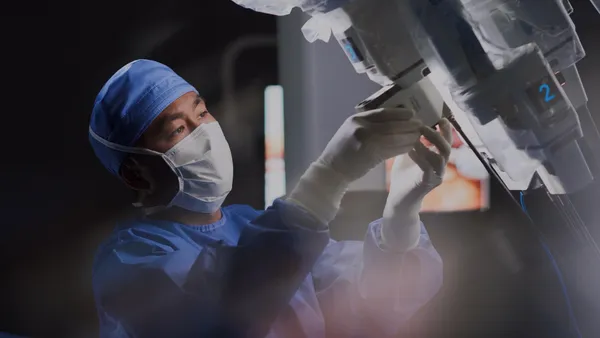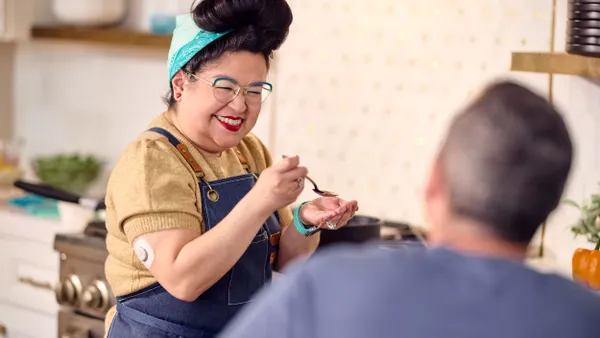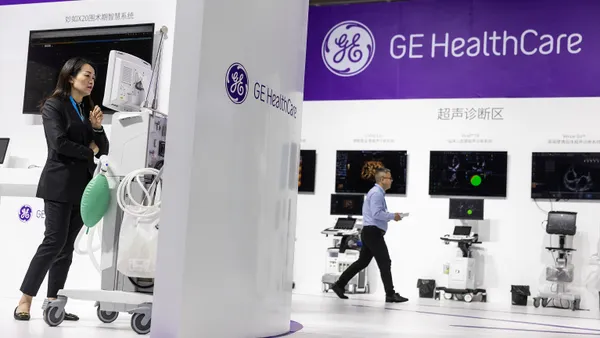Dive Brief:
- The Food and Drug Administration has begun a total product life cycle (TPLC) advisory program pilot to accelerate access to medical devices.
- Industry agreed to pilot the TPLC Advisory Program (TAP) as part of the Medical Device User Fee Amendment (MDUFA) V agreement after successfully pushing back against plans to fully adopt the initiative straightaway.
- The FDA sees TAP as a way to “de-risk the medical device valley of death” by providing earlier and more frequent input, both from its staff and from patients, health care providers and health insurers.
Dive Insight:
Innovative medical devices often never make it from development and trial into the hands of practitioners and patients, instead becoming lost in a “valley of death.” TAP was a contentious part of the FDA’s MDUFA V proposal. After reviewing the agency’s original plan, the industry said it had “a fundamentally different view of the MDUFA program and its purposes.”
However, the two sides ultimately reached a compromise, agreeing to run a multiyear pilot program to assess the viability of the idea.
With MDUFA V now signed into law, the FDA is pushing ahead with the pilot program. The agency will start a soft launch phase in January, during which it will enroll up to 15 devices in the Office of Health Technology 2 (OHT2): Office of Cardiovascular Devices. The regulator chose OHT2 because of its history of granting breakthrough device designations, workload, staffing levels and experience.
TAP will build on the FDA’s experience of running the breakthrough and early feasibility programs, as well as its engagement of sponsors as they were preparing to seek emergency use authorization during the COVID-19 pandemic. The FDA said it is establishing “a dedicated cadre” of advisors to support the pilot.
The watchdog will expand the pilot to include a second OHT and as many as 45 more devices in its 2024 fiscal year, with more OHTs and up to 65 devices to follow the next year. In fiscal 2026, the agency plans to include Safer Technologies Program devices, which are safer alternatives to existing treatments or diagnostics, in the pilot. As the pilot progresses, the FDA will track performance goals, including a 90% on-time response rate.











